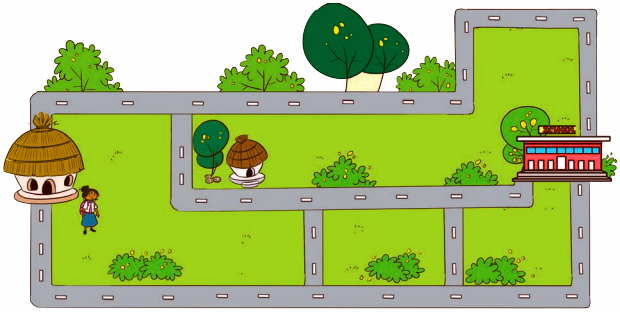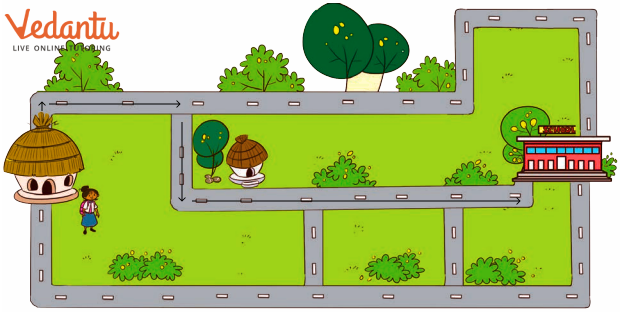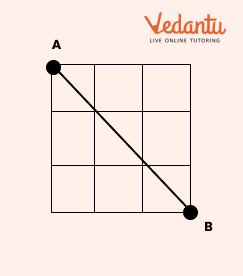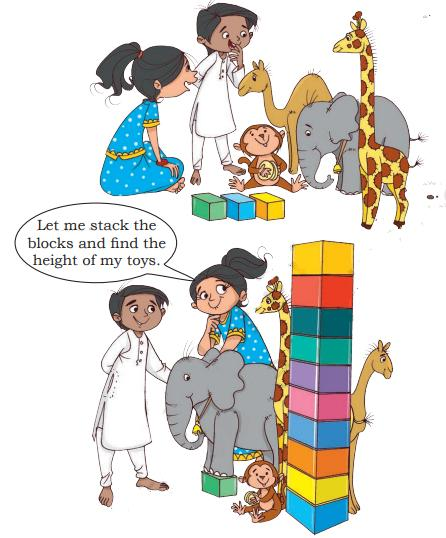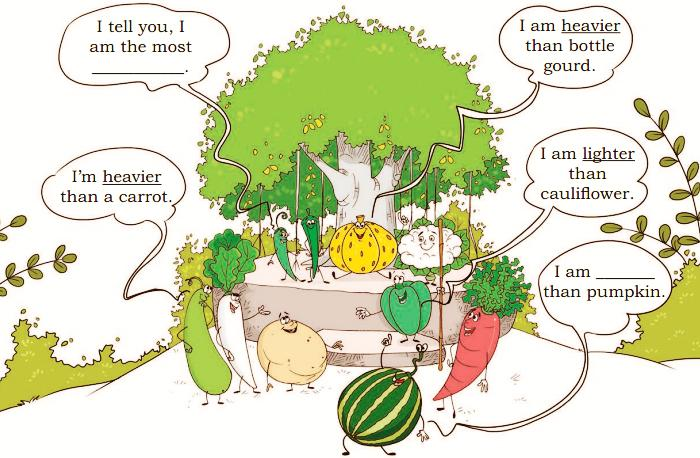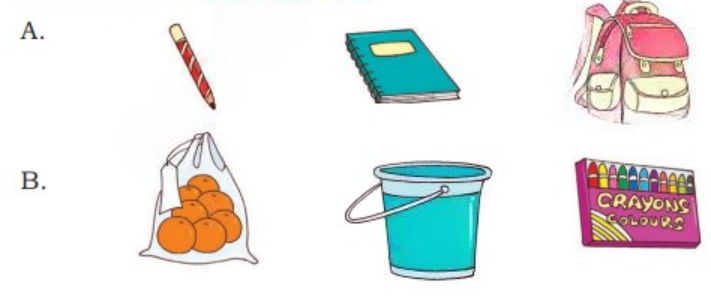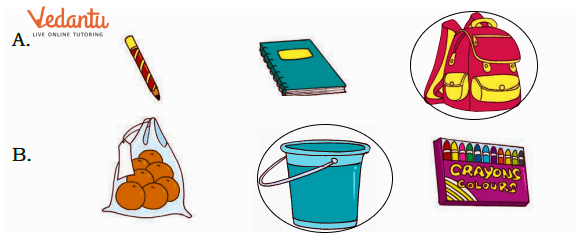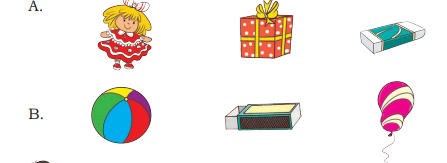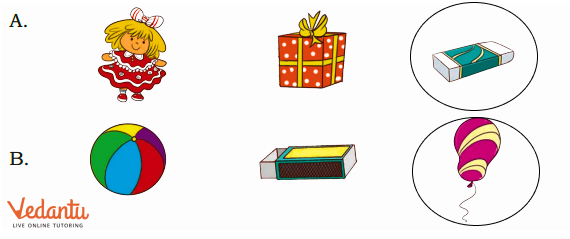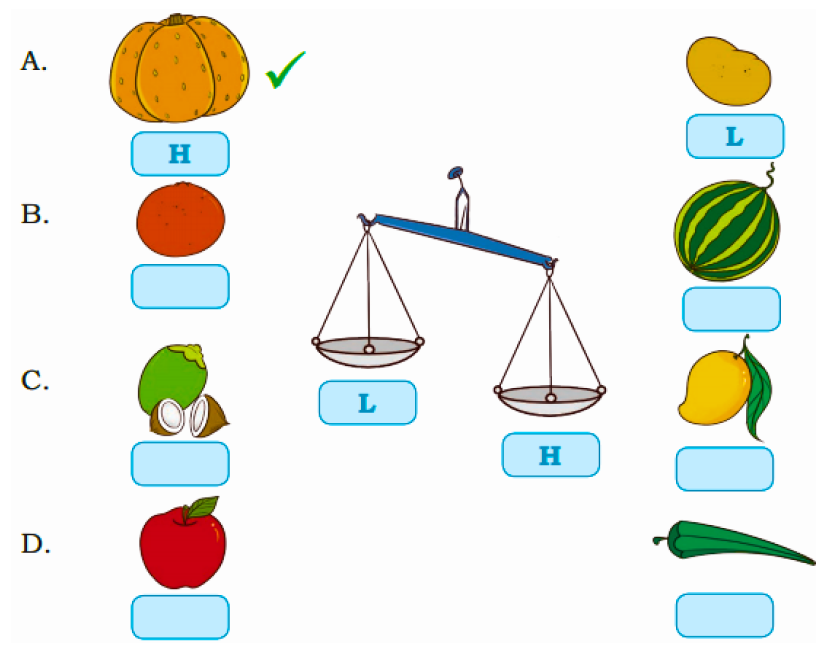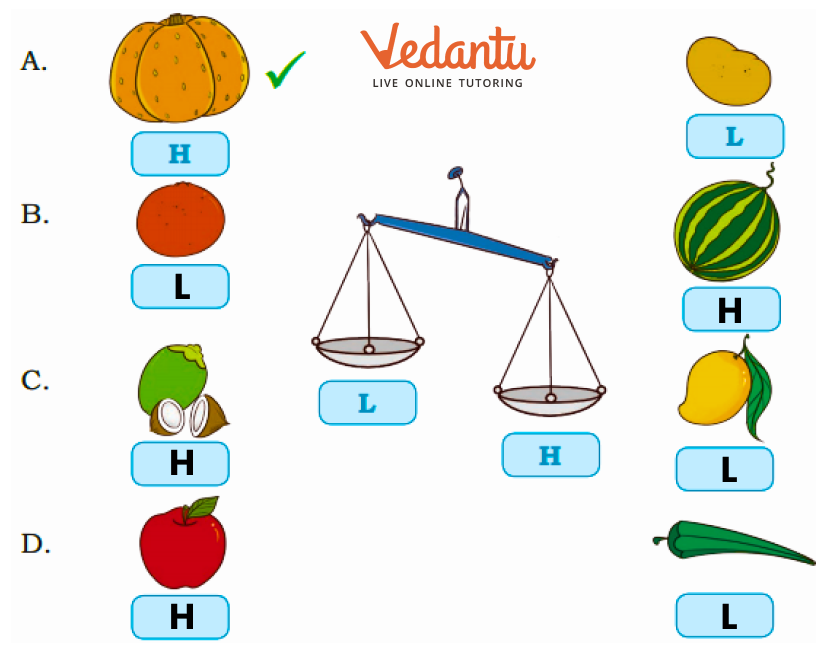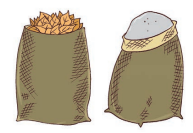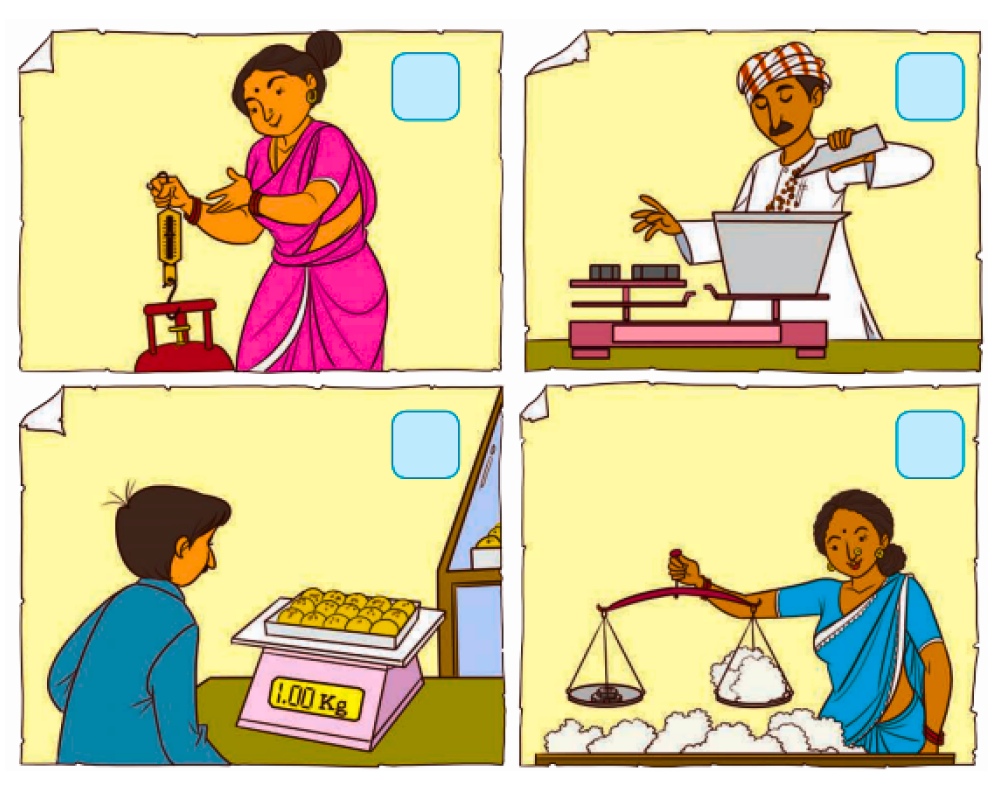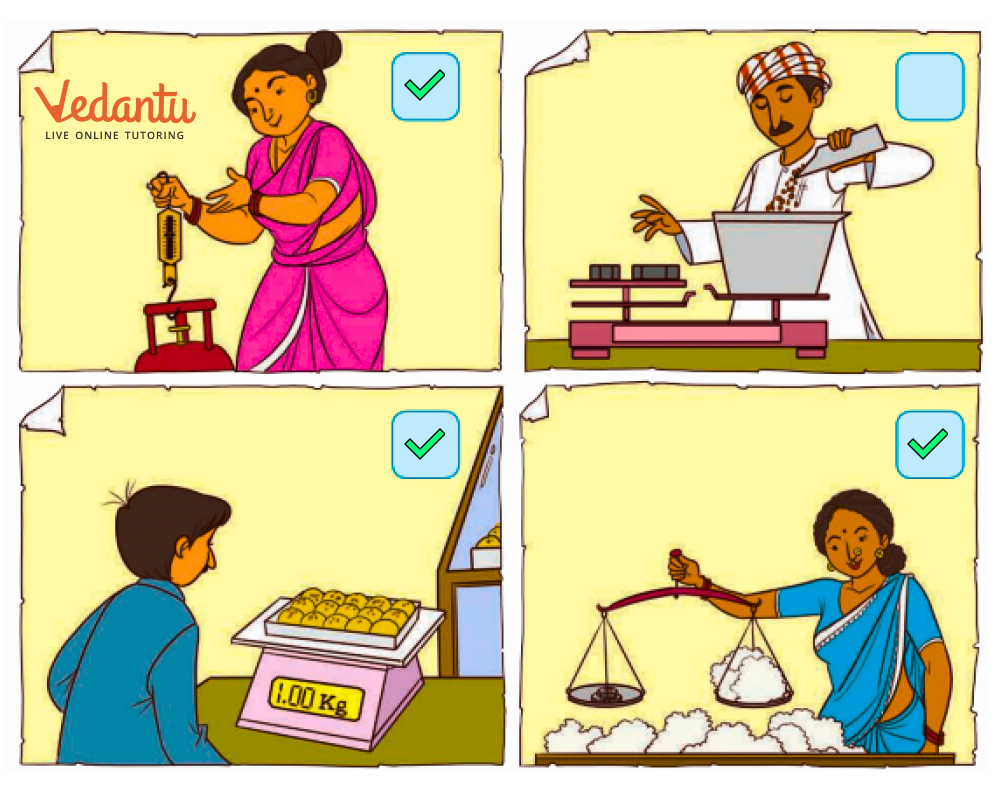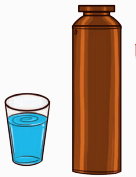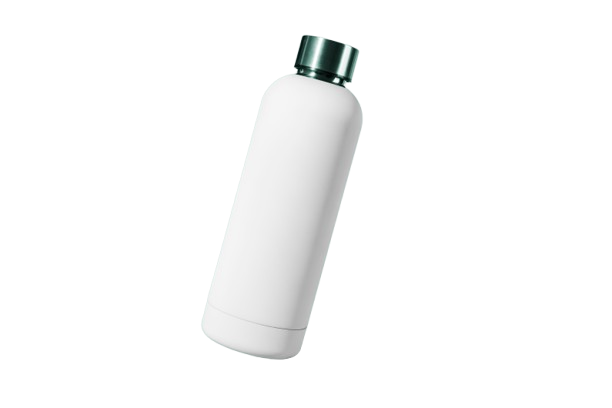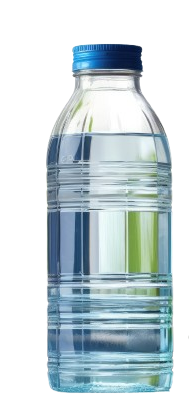Rani's Gift - Exercise-wise Questions and Answers For Class 2 Maths - Free PDF Download
FAQs on NCERT Solutions For Class 2 Maths Chapter 7 Rani's Gift - 2025-26
1. What is the main concept introduced in NCERT Solutions for Class 2 Maths Chapter 7 Rani's Gift?
The chapter primarily introduces the concept of capacity—the amount of liquid a container can hold—using story-based activities in line with the latest CBSE 2025–26 syllabus.
2. How do NCERT Solutions for Class 2 Maths Chapter 7 explain measuring and comparing capacities?
Step-by-step solutions guide students to compare the capacity of everyday containers such as bottles and glasses by pouring and observing, helping them understand which holds more or less.
3. Why is understanding capacity important in Class 2 mathematics?
Understanding capacity develops essential math skills that allow students to compare, estimate, and measure liquids, which are foundational abilities for problem solving both in academics and real life.
4. What activities related to capacity are found in Rani's Gift NCERT solutions?
The solutions include activities such as:
- Pourover experiments (pouring water between containers)
- Guess-and-check exercises
- Comparing objects by weight and size
- Balancing items to observe heavier/lighter relationships
5. How do Class 2 students learn practical measurement skills from Chapter 7?
Students engage in hands-on tasks like filling and comparing containers, sorting objects by heaviness, and using illustrated stories, building a practical understanding of measurement without complex equipment.
6. What problem-solving approaches are introduced in Class 2 Maths Chapter 7 NCERT Solutions?
NCERT Solutions promote reasoning skills by asking students to predict outcomes, compare actual versus estimated capacities, and explain their method for determining which object holds more or less liquid.
7. Are there any misconceptions or challenges students commonly face with the concept of capacity?
Yes, students often think that taller or wider containers always hold more, which the solutions address through practical, visual comparisons and guided questions to correct these misconceptions.
8. What everyday objects are used as examples to teach capacity in Chapter 7?
Examples include water bottles, glasses, cups, fruits, and vegetables—all familiar to young learners to make concepts relatable as per NCERT and CBSE guidelines.
9. How do story elements in Rani's Gift enhance mathematical learning?
The story-based context helps students grasp mathematical ideas naturally, as they relate emotionally and intellectually to the scenarios, making learning about capacity memorable and engaging.
10. How does measuring capacity in Chapter 7 prepare students for higher maths classes?
The chapter lays a foundation for advanced measurement topics by introducing units, estimation, and comparison, which are crucial for later topics in volume, mass, and data handling.
11. How do NCERT Solutions for Rani's Gift support CBSE exam preparation in 2025–26?
The solutions strictly follow the CBSE 2025–26 pattern, providing model answers, solved examples, and stepwise explanations to help students confidently solve similar questions in the final exam.
12. What is the best way to help Class 2 students compare objects by weight and capacity?
Encourage hands-on sorting and visual estimation: Let students physically compare, sort, and discuss objects, strengthening their understanding beyond rote learning.
13. What method should be used to check which of two containers holds more water as per NCERT Solutions Class 2 Maths Chapter 7?
Fill one container and pour its contents into the other. If water spills or there is leftover, the receiving container's capacity is different, providing a direct practical way for comparison—exactly as recommended by NCERT solutions.
14. How are visual aids and illustrations used in the NCERT Solutions for Rani's Gift?
Illustrations depict real scenarios of pouring, comparing, and balancing, offering visual cues and prompts that aid comprehension for early learners.
15. What foundational maths skills are reinforced through NCERT Solutions for Class 2 Maths Chapter 7?
The solutions reinforce observation, estimation, comparison, and logical reasoning, all critical not just for capacity but for future maths learning.




















